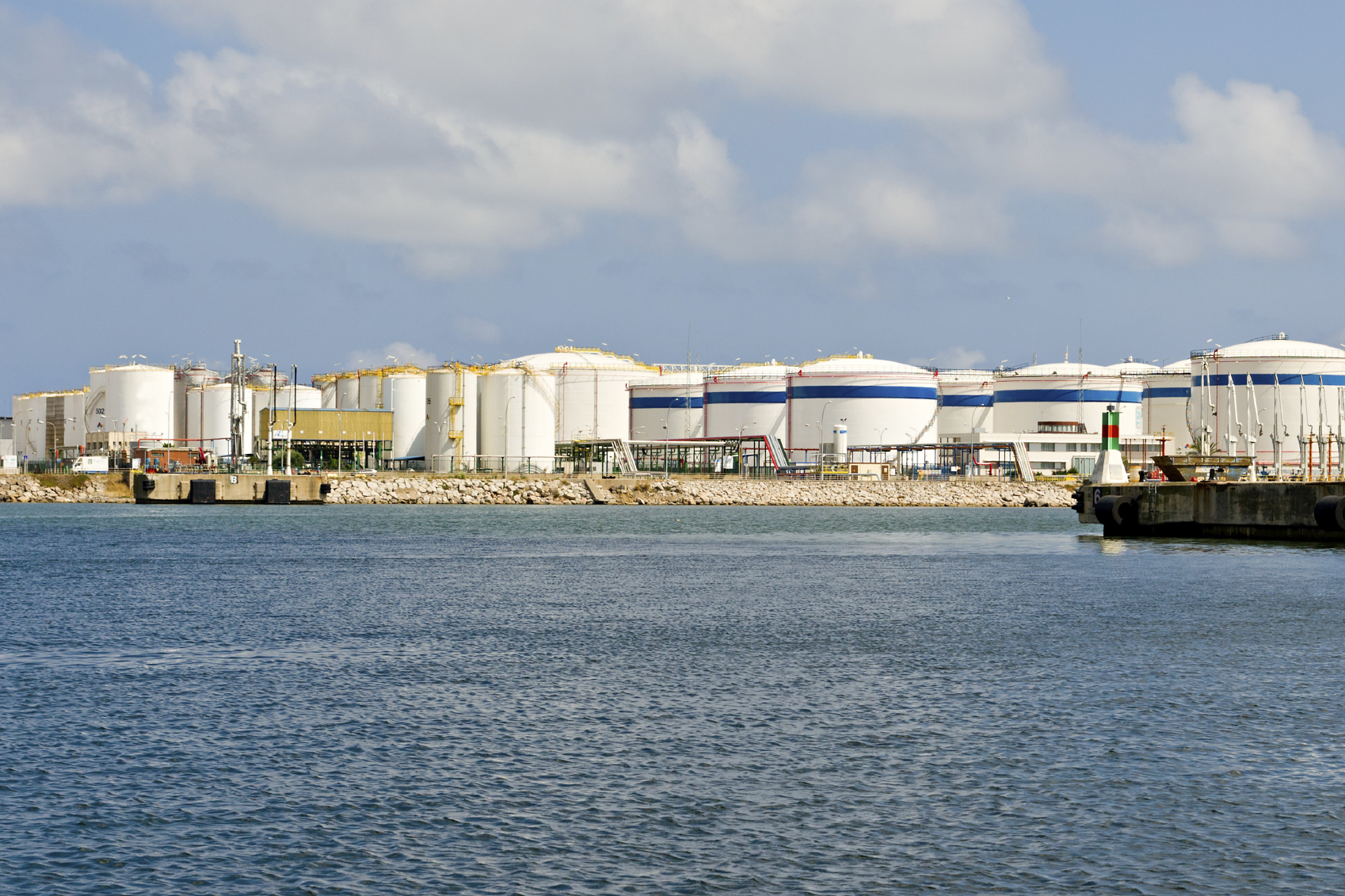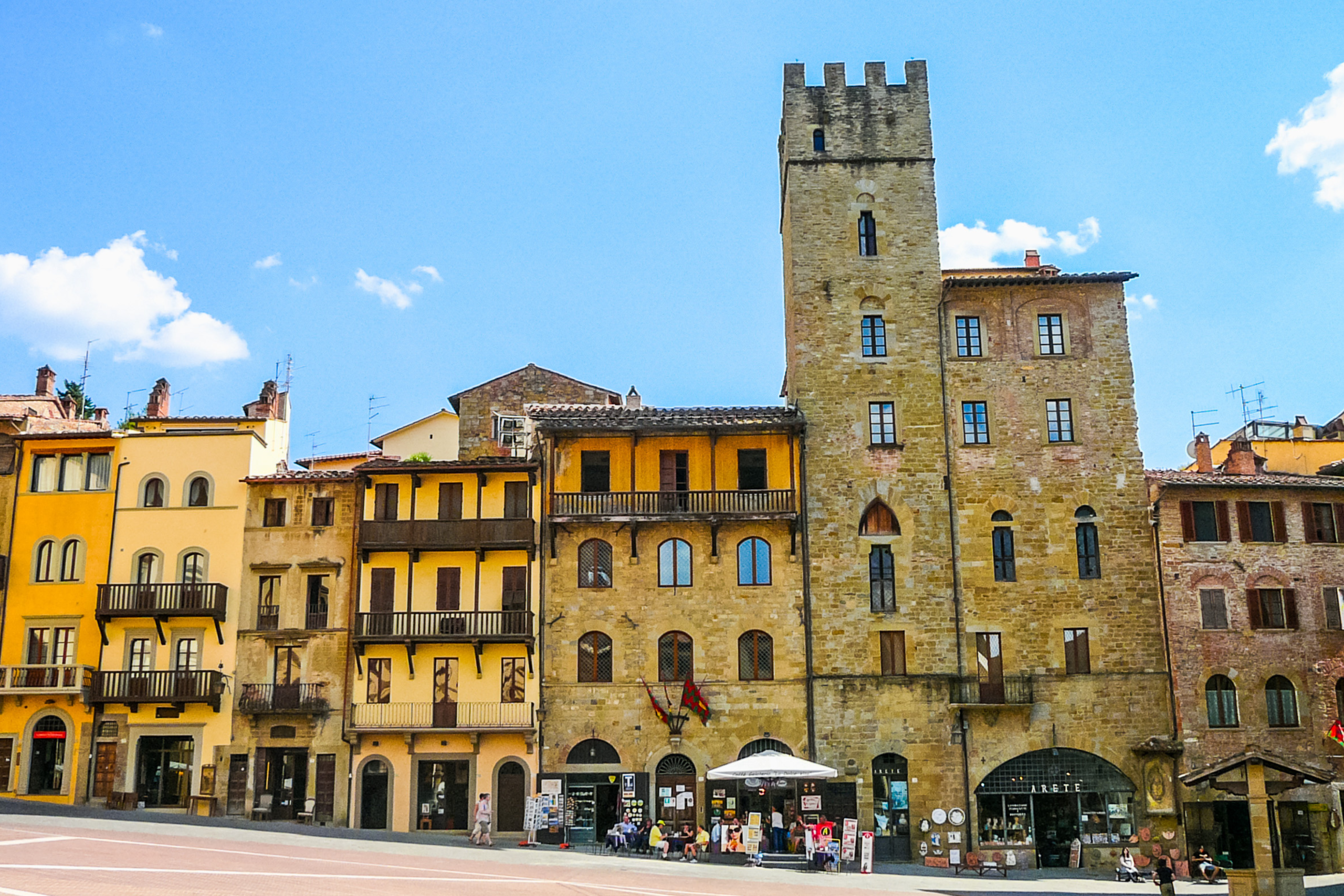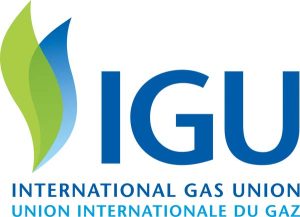Paul Cheliak, Vice President of Strategy and Delivery at the Canadian Gas Association, speaks with Andrea Stegher, Senior Advisor at SNAM and President of the IGU. They reflect on Andrea’s career in the gas industry, major shifts in global energy systems, Italy’s resilience strategy through infrastructure and diversification, and Canada’s role in ensuring a secure energy future.
The interview has been edited slightly for clarity.
You’ve been involved in the gas energy industry for several years — what led you to pursue a career in this sector, and what significant changes have you observed throughout your time?
Andrea Stegher: Thanks for the question, Paul — it made me realize this year [2025] will be 30 years since I graduated from university. At that time, I had no idea that the energy industry even existed! By chance, I joined a Master’s program in managerial economics run by ENI in Italy, and that truly changed the course of my life.
I began in upstream at ENI, working on energy scenario analysis, then shifted into market liberalization in the late ’90s — helping turn underground gas storage into a profitable business unit. Over the years, I’ve worked in regulation, commercial strategy, and business development.

Later, I joined Snam, Europe’s leading gas infrastructure company, where I initially took on infrastructure development responsibilities — including hydraulic simulations and capacity planning, which was quite a leap from my economist training. Among many other things, around 2015, I even worked to establish a pilot plant for what we now call e-methane — then referred to as Power-to-Gas (P2G).
It’s been a career filled with challenges and diverse experiences. But if there’s one constant over the last 30 years, it’s change. That’s very much part of this industry’s DNA or, at least, it’s consistent with my experience. We’re always striving to improve, and naturally, that means pushing the boundaries now and then to figure out how we can do things better. And that’s what has kept the work so engaging, I’m genuinely excited to continue.
Paul Cheliak
Talking about constant change, given the significant geopolitical shifts we’re seeing around the world — from the Americas to Europe and the Middle East — how do you see natural gas and LNG fitting into the evolving conversation on global energy security?
Andrea Stegher: That’s a very timely and important question. We’re not only seeing growing geopolitical tensions, particularly in Europe and East Mediterranean, but also a broader structural shift in how we think about energy. In the past, we looked at gas in isolation — today, we see it as part of a much more integrated, global energy system.
Gas markets have evolved from regional to global, with LNG becoming a key connector between continents. That global integration brings opportunity, but also complexity and, in some cases, fragility. The 2022 energy crisis showed just how critical optionality and supply diversification are. Had that crisis occurred five years earlier, before the LNG infrastructure was in place, Europe’s situation would have been much worse.

So, while geopolitics is front and centre, the fundamentals still matter: long-term investment, security of supply, affordability, and climate responsibility. These pillars must be balanced. Natural gas — and LNG in particular — continues to play a vital role in delivering energy security, enabling flexibility, and supporting transitions through technologies like biomethane and hydrogen.
Ultimately, we need to stay focused on maintaining a resilient energy system. Gas remains essential — meeting around 30% of global energy demand growth last year — and we shouldn’t be shy about the value this industry brings to consumers around the world.
Paul Cheliak: What role does gas energy play in Italy today and into the future? Both domestically and internationally.
Andrea Stegher: Many are not aware of this fact, but Italy had large domestic production, which was very substantial in the middle of the last century, and Italy was key to creating the first gas link of Western Europe to the Soviet Union, enabling the Soviet Union to send gas to Europe.
In short, Italy has been a gas country for many decades, and it’s still very much relying on gas, which is meeting about 40% of our energy needs. We have a significant number of combined-cycle gas plants, a strong industrial base, and more than 20 million households relying on natural gas in a relatively small country. If you look at the map, Italy is compact compared to Canada, which has a slightly smaller population but a vast amount of land. Yet in Italy, we operate 300,000 kilometres of gas pipelines. To put that into perspective, our national highway network is only about 8,000 kilometres.

Italy has long been heavily reliant on Russian gas, but we have also maintained strong connections with Algeria, as our guiding principle on energy has been diversification. We had a clear need to protect the consumers by investing in infrastructure development, which has made our energy system resilient to many conditions. For example, a few years back in Milan, where I live, temperatures would go down to -15 °C — that kind of cold would have posed serious challenges without gas, and it compelled us to act quickly and invest in infrastructure.
Flexibility has also played an important role in building resilience, supported by a very strong network of underground gas storage capacity that plays a critical role in ensuring a continuous supply during our seasonal demand swing — our peak winter consumption is four to five times higher than in summer. This kind of demand would be difficult to manage through electrification alone, which comes with a lot of complexity and costs.
Italy has different pipeline entry points, Algeria, Libya — though Libya faces political challenges — and a recent addition from Azerbaijan. And I am proud of my contributions to creating the Southern Gas corridor in my capacity in the past.
Since 2022, we’ve expanded our regasification capacity — a critical step in strengthening our energy infrastructure. But regasification terminals alone aren’t enough; they need a steady supply. That’s why it’s so important for more producers to enter the market. Diversification has proven essential. Before 2022, Italy relied on Russia for up to 40% of its gas and, considering that Italy imports 97% of the gas it consumes, reducing dependency on a single supplier is vital for energy security.
Italy is uniquely positioned geographically. Let me be Italian for a second and put it another way, we are right at the center of the Mediterranean. This allows us an opportunity to become an energy hub, not just for imports but also for exports. We’ve already developed reverse flow capacity that allows us to move gas from the country into northern Europe, something we couldn’t have imagined 15 years ago. In fact, we even exported gas to Austria recently.
Looking ahead, this infrastructure could also support new molecules, like hydrogen, especially if developments in North Africa scale up. So again, our goal remains twofold: to continue serving today’s energy needs with no interruptions and to prepare for a sustainable, diversified energy future.
Paul Cheliak: As you prepare to take on the role of President of the International Gas Union, what opportunities or developments are you most looking forward to?
Andrea Stegher: First and foremost, the excitement is to serve an industry that I’ve known for many, many years. Our industry has a lot of credibility, and we can draw on impressive facts and figures to substantiate it. I think that’s where the IGU can do a lot more to support its members and represent all stakeholders, be it policy makers, financial institutions, and the next generation of young energy professionals. We tend to forget how important it is to give back and share what we have learned.
I think also a part of the excitement is to serve a global organization like IGU which, according to me, is like a 100-year-old startup. IGU was founded in 1931, so it boasts a very rich history, but it’s still an organization that is constantly evolving. As such, we have recently published the IGU Manifesto, which sets a clear direction for our work and reinforces our role as a credible and meaningful voice on gas and energy at large.
One more thing I’d like to amplify is the wealth of competencies and expertise within the industry and within the IGU committees. I believe we can do more to amplify this and position the IGU as a great gateway to share knowledge and insights across the global energy community.

Paul Cheliak: Let’s talk about technology — it’s an ever-changing landscape. What should the utilities do to stay responsive to the changing technological needs and consumer demands?
Andrea Stegher: This is a very important element. I think maybe it’s not very well known, so to speak, the fact that in Italy we have 99% of consumers using smart gas meters. We’re also now looking at AI, digital mapping of our infrastructure, and there’s, of course, cybersecurity. So, it’s safe to say there are many ways technology is deeply embedded into our industry.
Technology also extends to the development of new molecules and systems, such as carbon capture and storage. It is now essential to change the landscape and create new value chains. Therefore, creating pricing mechanisms of CO2, whether it’s explicit or shadow pricing, to make business cases that are meaningful for developing these new avenues.
Understanding what the customer needs is just as important as the infrastructure we build. While we are very proud of the value chain we represent, we sometimes overlook the consumers. It is always important to acknowledge that we are here to serve their needs, and that’s where technology plays a critical role in helping to meet those needs.
Paul Cheliak: As you know, Canada is hosting the G7 this year, at a critical moment, not only in Canada-US relations but also in Canada-Europe relations and Canada-global relations. How should Canada position itself on energy and natural gas? And what lessons can we draw from Italy’s experience hosting the G7 under its presidency?
Andrea Stegher: The developments of recent years have clearly underscored the important role gas plays at the G7 level. In an increasingly volatile and uncertain global landscape, energy security has become a central concern. For example, in countries like Italy, which lacks sufficient domestic resources, this has meant investing in infrastructure and pursuing greater diversification of supply. But this is not just Italy’s challenge — it’s also a call for countries with domestic resources to support broader development efforts and foster international energy connections.
When discussing forums like the G7 and G20, another critical priority is fostering inclusion rather than fragmentation. The G7 has a unique opportunity — and responsibility — to engage more meaningfully with the other G20 members. We must avoid limiting key discussions to a narrow set of voices. Instead, we should broaden the dialogue and build stronger connections across regions and economies.
Diverse perspectives are essential to every G7 conversation — and that’s where we believe IGU can play a constructive role. At the International Gas Union, we’re committed to contribute to this effort by offering a clearer, more global understanding of the gas energy landscape. Our focus is on how gas can support both immediate energy security needs and the long-term innovation required for the future.

Paul Cheliak: Let’s finish with a question for you, Andrea, about Canada. What advice do you have for us as we consider our future in energy as a country?
Andrea Stegher: Well, for sure, you have important challenges in terms of population density. There are many opportunities to access resources, and I believe you have extensive infrastructure to meet consumer needs.
Furthermore, I believe Canada has an opportunity to position itself more strongly on the international stage. While maintaining a close relationship with the United States is, of course, essential — especially given the two-way nature of gas trade — there is also room to broaden Canada’s global engagement. With its significant energy resources, Canada can play a stabilizing role in global markets. As I mentioned earlier, volatility remains a key issue, and global energy demand continues to grow. That’s why it’s so important to invest in sustainable infrastructure and develop resources that can meet future needs effectively.
Years ago, I encouraged my Italian colleagues to rethink the global map with Asia at the center, rather than Europe — a shift in perspective that helps us better understand how different regions can contribute to development, human progress, and social advancement. I believe Canada, with its capacity and values, has a strong role to play in that broader vision.
Paul Cheliak: Thank you very much for your time, Andrea.









